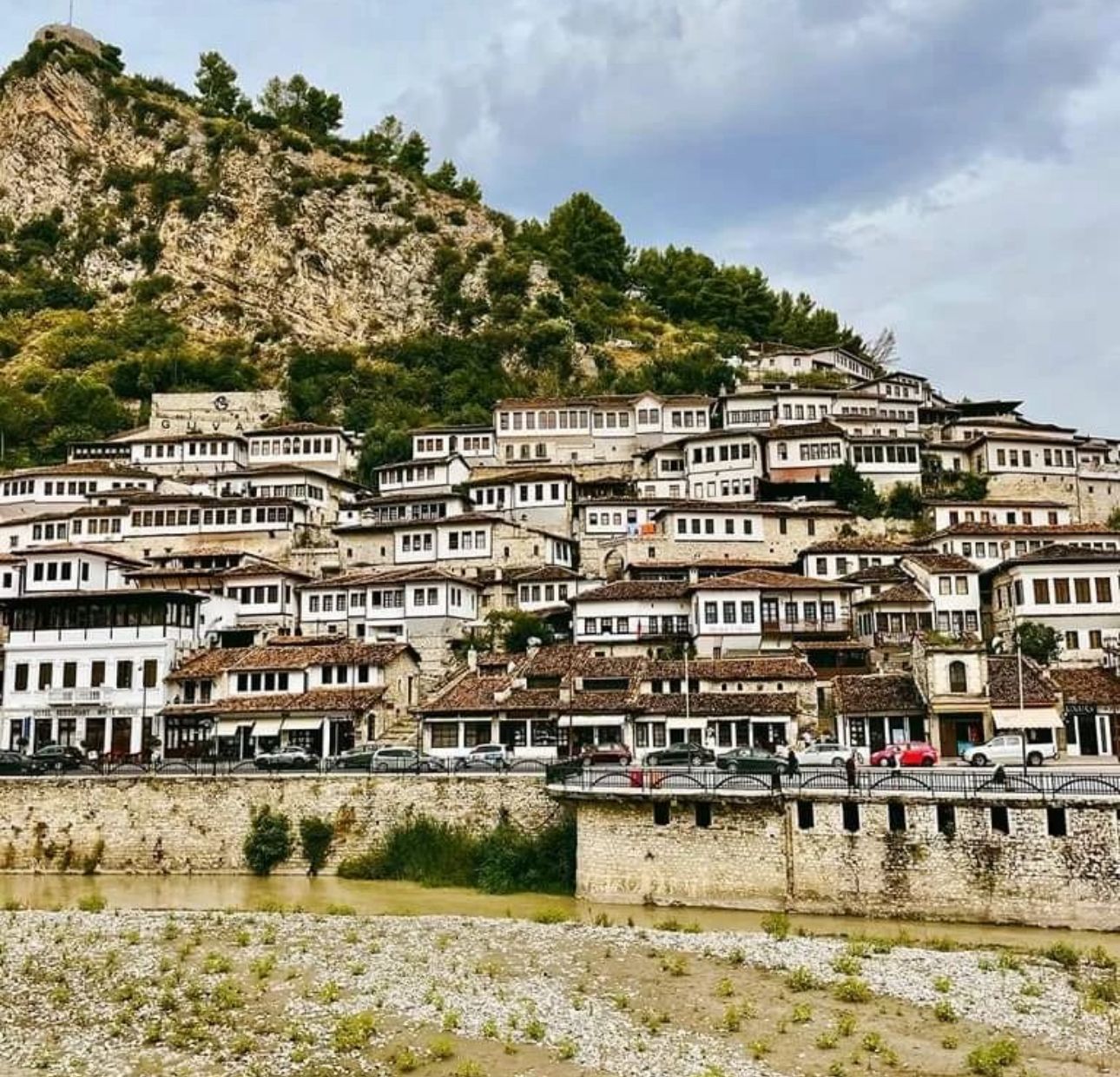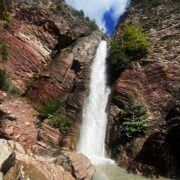
Sites
Berat
This 2416 years old city, one of the olsdiest cities in Albaia. Berat, designated a UNESCO World Heritage Site in 2008, comprises a unique style of architecture with influences from several civilizations that have managed to coexist for centuries throughout the history. Like many cities in Albania, Berat comprises an old fortified city filled with churches and mosques painted with grandiose wealth of visible murals and frescos. Berat is one of the main cultural centres of the country . The coexistence of religious and cultural communities over several centuries, beginning in the 4th century BC into the 18th century is apparent in Berat. The town also bears testimony to the architectural excellence of traditional Balkan housing construction, which date to the late 18th and the 19th centuries. Some of the landmarks of that historical period could be seen in the Berat Castle, churches of the Byzantine era such as the Church of St. Mary of Blaherna (13th century), the Bachelors' Mosque, the National Ethnographic Museum, the Sultan's Mosque (built between 1481 and 1512), Leaden Mosque (built in 1555) and the Gorica Bridge.
Gjirokastra
The Museum – City of Gjirokastra is built on the eastern side of Gjere Mountain. Since 2005, part of the UNESCO world heritage, the origin of the city starts with the castle of Gjirokastra, built in IV century. The city was named Argyrokastro, in 1336. In 1417, it was conquered by the Ottoman army. The city reached its peak over 1800-1830, when monumental assembly houses were built. The first neighborhoods are those of Bazaar and Hazmurate. The main characteristic of Gjirokastra is the intensive use of stone in building the houses, which look like small fortresses, the streets of cobblestone, which all lead to Bazaar. You can also visit the Mosque of Bazaar here, built in 1557. Due to all these features, Gjirokastra is also known as the “The Stone City”. The most important structure of the city is the castle, which is the biggest castle in Albania. Inside the castle, you can visit the Museum of Weapons, opened in 1971.
Butrint
The archaeological heritage of Butrint is one of the most important archaeological sites in the country, containing different artefacts and structures, dating from the Iron Age up until the Middle Ages. Numerous monuments are still extant including the city walls, a late-antique baptistery, a great basilica, Roman theatre and two castles. The ancient city is situated within a natural woodland with a complex ecosystems which depends on the nearby lake and channel. Nevertheless, it is this combination of cultural monuments and natural environment which makes Butrint such a unique place.
The International Union for Conservation of Nature (IUCN) has listed the park as Category II. In 1992, the archaeological site joined the UNESCO list of World Heritage Sites. The lagoon has been further recognized as a wetland of international importance by designation under the Ramsar Convention . Nevertheless, Lake Butrint is an Important Bird and Plant Area, because it abundant to significant bird and plant species of international importance.



